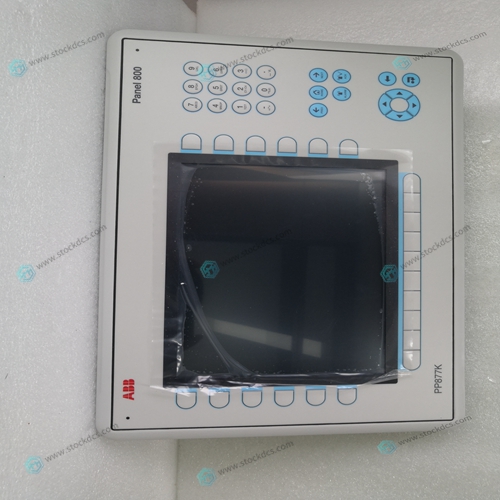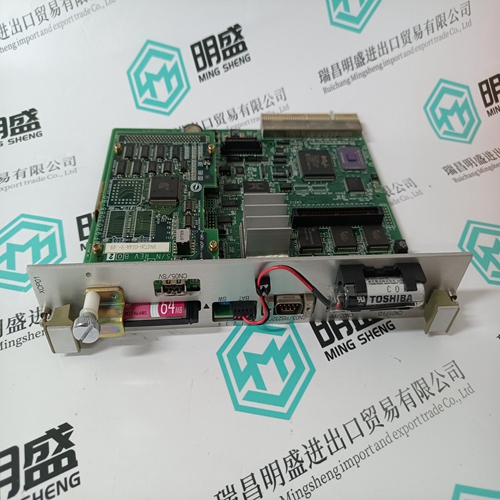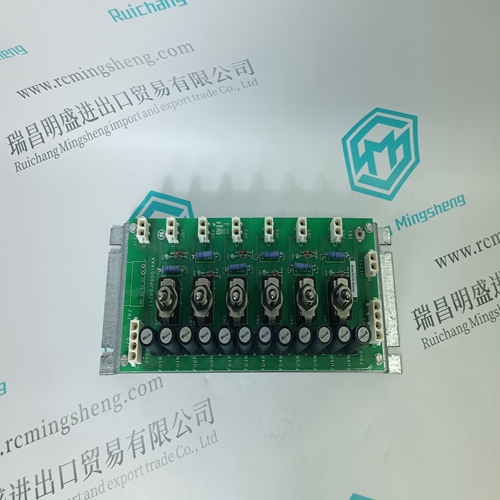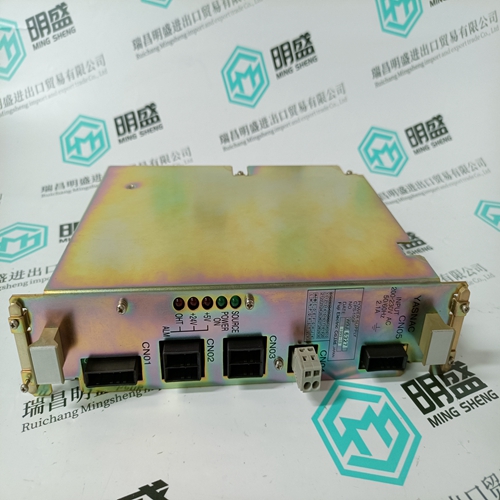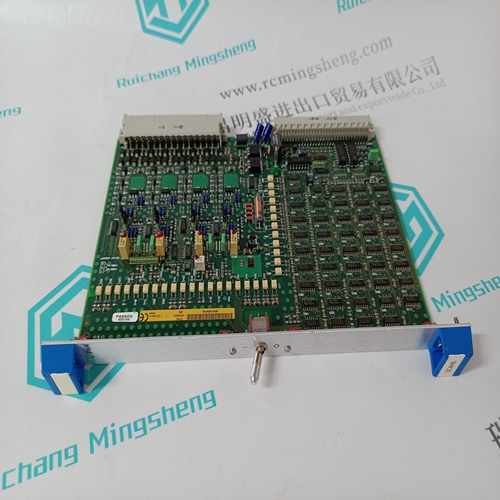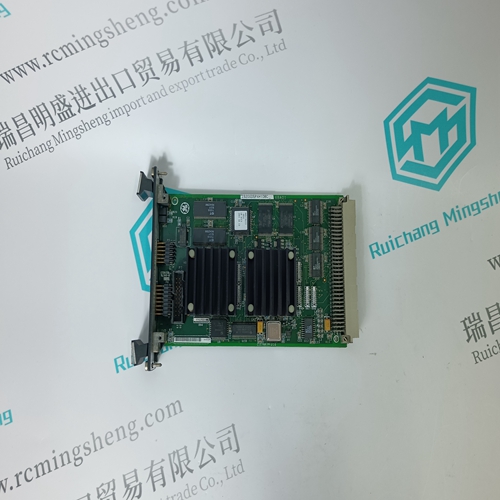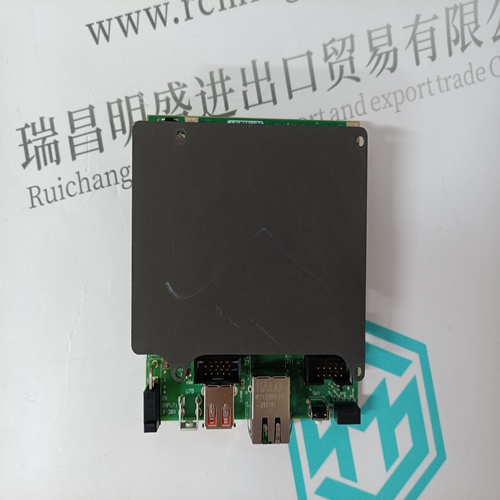Home > Product > DCS control system > ABB PP877 3BSE069272R2 Monitor operation
ABB PP877 3BSE069272R2 Monitor operation
- Product ID: PP877 3BSE069272R2
- Brand: ABB
- Place of origin: The Swiss
- Goods status: new/used
- Delivery date: stock
- The quality assurance period: 365 days
- Phone/WhatsApp/WeChat:+86 15270269218
- Email:stodcdcs@gmail.com
- Tags:ABBPP8773BSE069272R2Monitor operation
- Get the latest price:Click to consult
ABB PP877 3BSE069272R2 Monitor operation
Each RSTP device (RLX2 radio or Ethernet switch) communicates with other RSTP devices in the network via packets called Bridge Protocol Data Units (BPDUs). BPDUs are sent out each of the devices ports. In a wired switch, this would be from each of the Ethernet ports. In an RLX2 Radio, in addition to the Ethernet port, each wireless link is considered a port. These BPDUs are the communications means to allow each RSTP device in the network to make sure that the proper connections still exist. In the following illustration, the RLX2 Radio has 4 RSTP "ports": Ethernet port (1) A port for its parent connection (2) A port for each of its two child connections (11 and 12).
BPDUs are sent out the port at a rate called the "Hello Time".
The accepted standard value for this is 2 seconds. If a radio (or any other RSTP device) does not get a BPDU for 2 Hello Times, it assumes the RSTP device that had been there is no longer available. It can then open an alternate path if one is available. This process is much like the STP process. If other devices on the network are not operating in rapid spanning tree mode, the radio will revert to normal spanning tree operation on a per-port basis. RSTP provides a performance enhancement over STP operation. By comparison, the radio using the STP algorithm would revert its port to the listening state, and then to the learning state, before returning to the forwarding state. Each of these states takes at least 15 seconds, during which the STP devices are listening for BPDUs to re-negotiate the network topology. The advantage of using the RSTP functionality is that is uses active handshaking between adjacent RSTP devices to re-negotiate the network topology. This process takes one to two seconds.
Each RLX2 Radio contains a switch table
which tells it how to forward Ethernet packets to get them to their proper destination. When the network topology changes, the RLX2 Radio the Ethernet switch table is flushed immediately. This allows it to pass traffic immediately over the new network topology and learn the configuration in the process. Until the learning is complete, the packets are broadcast to their destination. As each packet is seen and the switch table rebuilds, the radios return to directing packets to their destinations.







Application industry
The products can be used in the following industries: power plant, paper making, steel, mining, rubber, water supply, cement, chemical industry, glass, printing Textile, machinery, plastics, coatings, medicine, hospitals, food, hotels, scientific research institutions
